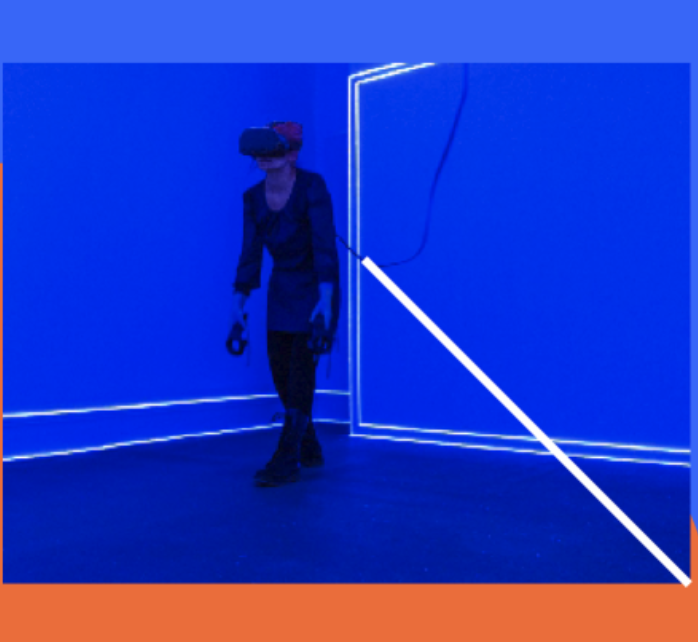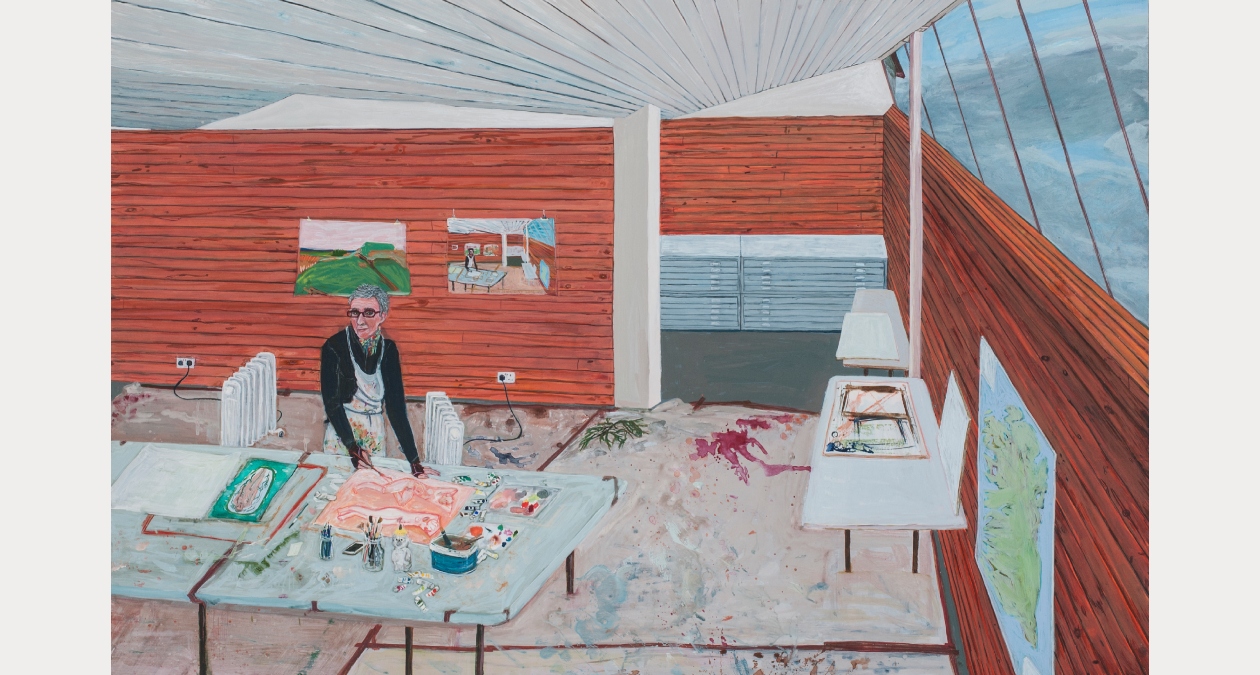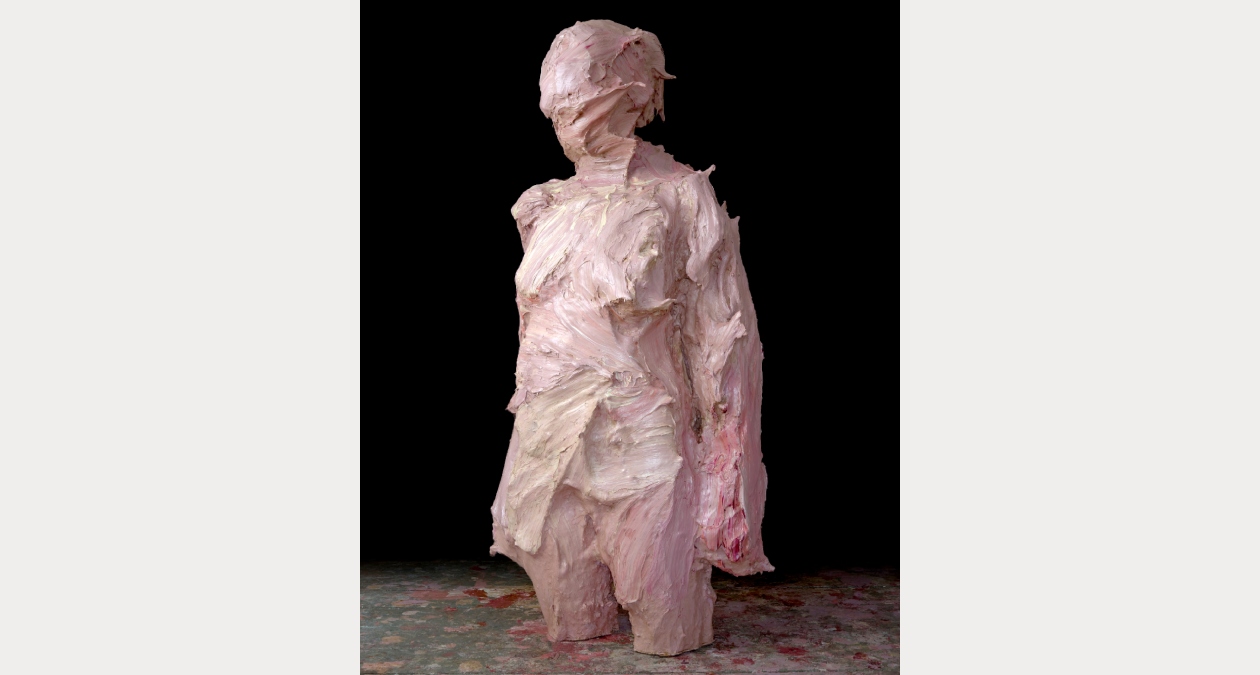FUTURES 13 is the fifth in the present series of FUTURES, a sequence of exhibition that endeavors to document and contextualize the work of a selection of artists, around whom exists a growing critical and curatorial consensus. The selection made by RHA Director Patrick T. Murphy and RHA Curator Ruth Carroll, is based on identifying artists through studio visits, open exhibitions and artists’ initiatives. This year the artists’ work will span sculpture, installation, digital media, video and painting. The artists in FUTURES 13 are Jenny Brady, Neil Carroll, Anita Delaney, Emma Donaldson, Eleanor Duffin, Tracy Hanna and Maggie Madden.
Artist Statements
Jenny Brady’s work Wow and Flutter presents the viewer with a fractured and experimental portrait of a bird, formed over the course of three acts. The artist employs strategies of translation, performance and rhetoric to ‘give voice’ to its central protagonist, only to reveal a troubling anthropocentric bind within these representative tactics. Drawing on research into the thirty-year scientific collaboration between animal cognition scientist Irene Pepperberg and an African Grey she trained in elements of human language, this work considers the various forms of displacement often at play in our depiction and understanding of animals. It features a score made in collaboration with musician Andrew Fogarty, employing a mixture of field recordings, electronics and found material to conjure a unique sound world. The artist would like to thank the
UCD College of Science for their support in making this work.
Neil Carroll’s work spans three essentially different media; painting, sculpture and installation. Centered around a painting process, sculpture and installation are incorporated and amalgamated so that painting can become expansive and very often site-specific. This painting process deals with the elements of painting such as frame, perspective or space but teases them apart and chases them through their various physical manifestations, the painted plane assuming actual form.
Predominantly using a structural core of architectural forms and using materials more commonly found in construction such as wood, plaster and house-paint, he continually dismantles, reassembles, deconstructs and constructs his pieces until they momentarily rest in a flux state. Each consecutive action is based purely and solely on its immediate predecessor, an unfolding process resisting a definitive outcome. The adoption of this specific process directly reflects the concepts inherent to the work and it is this symbiotic relationship between the two that allows the work to develop.
Conceptually, if architectural boundaries are representative of human potential and limitations and based on pre-defined and systematic solutions to existing problems then, by stripping back and pulling apart, a framework or diagram can be exposed. At this conjuncture, by interjecting and re-building with a more visceral, re-active and dynamic approach, varying configurations and multiple solutions are made apparent. Avoiding conclusions, what remains are a series of multi-directional signs and symbols devoid of any particular axis but aspiring towards a repositioning of the figure in relation to the world, one that would open onto uncharted directions.
Anita Delaney. Working mainly in performative moving image, Anita Delaney tries to trace an aesthetic of the pathetic. By the pathetic she means a certain sensibility and aesthetic balanced between the failed, the humourous and the abject. With considered framing and mise en scene, her videos feature objects and actors engaged in deliberate action. The particularities of objects – their functions and forms- are important in the work. Equally important is their moment of interaction with the actor; the gesture, the specifics of the touch/ hold/ squeeze/ shove. The actors are seen in isolation or represented, as fragments- the pathetic aesthetic requires a narrow view and things in pieces allows an emphasis on facets. She is trying to trace alternative ontologies through alternative perceptions and encounters: haptic, sensory and formal. Each component of each scene is precisely weighted:
from the grease under her nails; to the twist of a shred of foam; to the spurt from a milk carton; to the gurgle from your throat; to the time spent tipping a rock
Each component is presented in combinations that seek to emphasise its particularity. The work is most earnest even in its sometimes-seeming levity. Her earlier work focused strongly on the formal constraints of moving image. While this is still evident in the aesthetic of her work, she is more interested now in how the content of the work can serve as its own language; a language that wants to suggest strategies for living as a weakling.
Emma Donaldson works with incidents that belong in the past but transiently slip through consciousness to niggle with the present. It is her reactions to the influence of these incidents that become the emotional material or impetus for new work; it is the lived consistency or theatre of the event that she aims to settle or temporarily dismantle.
Eleanor Duffin is a visual artist who works with sculptural objects, video, photography and installation. She uses speculation as a tool for developing projects, employing problem solving techniques that then generate art objects, and looks to different research fields to find systems for creating meaning within object based art. She is interested in the relationship between materiality and science, and exploring the limitations of belief systems within empirical investigation – how belief systems establish ‘truths’, and the slippages between the real and the imagined. Her current work is attempting to locate ‘vitality’ within a sculptural form, by working with materials in a physical way, and through a more speculative, metaphysical manner.
Tracy Hanna works primarily with video projection to create sculptural objects and environments that explore phenomenological questions. She employs simple manipulations of materials within the physical construction of the work and also within the editing process. Her installations focus on the tactile and sensory qualities of sculpture, paying close attention to texture, scale, sound and light.
In Maggie Madden’s work, a diverse array of collected materials are crafted into fragile sculptural formations with geometric affinities. The work is suggestive of architectural structures, but also reflects on our spatial encounters in both the urban landscape and the natural world. The detailed constructions have the potential for endless expansion; to grow outward from densely ordered space and continue boundlessly. The work explores a combination of found, industrial and natural objects, she deliberately juxtaposes found objects with materials that have been slowly and precisely, laboured over. Many of the materials are related to construction – mass produced industrial matter, which become handcrafted into new formations, exposing the beauty in both crafted and found objects and materials.
In some of the works there are open ended references to our networked world, communication and transport systems, the infrastructures of contemporary life in modern cities. The linear structures made using fibre optic strands form three dimensional drawings in space, delicately balanced and at times barely visible. During the process of construction the physical limits of the materials are taken into account, as there is an attempt made at rendering some materials to appear almost weightless. Tension is created as the sculptural formations often have a fragility that teeters on the brink of collapse.


